6 House plants that reduce humidity levels
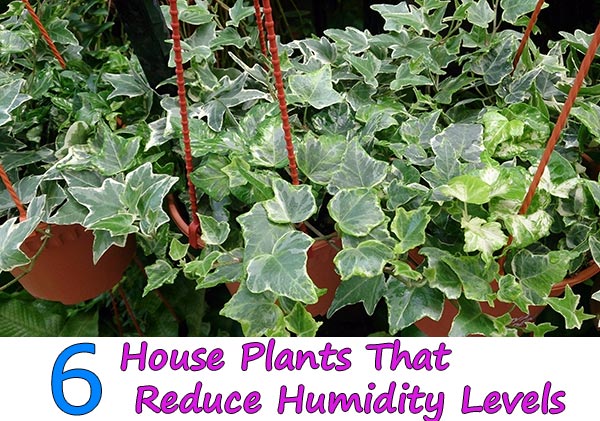
You know it when excess home moisture raises its ugly head. You’ll spot foggy windows, smell a mildew or musty odor, or your skin feels clammy. If it has been around for a while it had the chance to mark its territory. Damp spots, mold, and rotting wood are signs the dreaded humidity is taking over your home. A warm, moist environment is a breeding ground for bacteria and mold, and that environment can coarse health problems for your family
One way to help cut down the humidity in your home is by keeping a few specific indoor plants. When used in conjunction with other humidity solutions, these plants can help absorb that unwanted stickiness and mold hazard.
1. Peace Lily –
Peace lily needs only a short amount of sunlight to thrive, so indoor environments will prove no challenge to keeping this plant healthy. ( Little health note – although peace lilies are not true members of the lily family, they are still mildly toxic to people and animals if consumed So make sure to keep this plant out of reach of children and animals just in case.
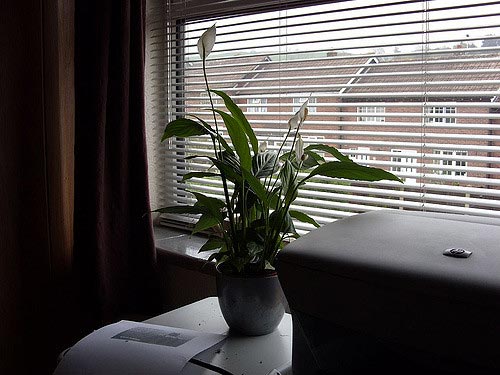
2. Reed Palm
Compared to other palms, reed palms can survive in lower light, making it ideal for a home environment, However, it can grow tall, especially when placed in a bright area. It will thrive in warm temperatures.
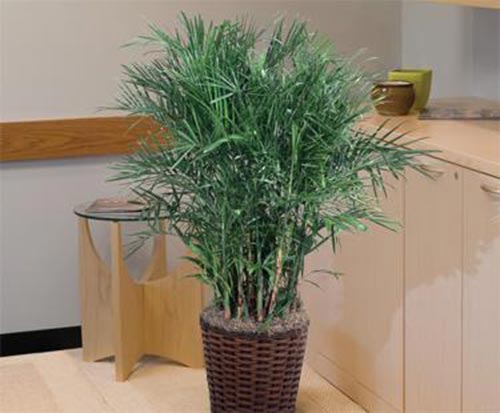
3. English Ivy
This plant can remove the airborne molds typically found in humid places, as well as formaldehyde, from the air . An advantage of English ivy is that it can be planted in a hanging pot and placed higher in the room, close to the ceiling, absorbing humidity that rises, and at the same time, you don’t have to worry about knocking it over.
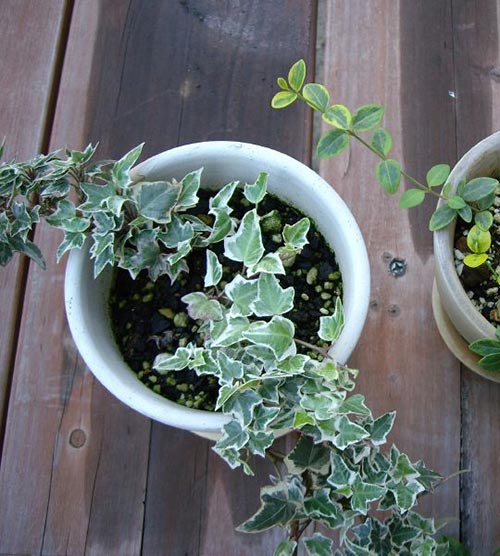
4. Boston Fern
The Boston fern is another popular indoor plant that helps to balance humidity levels by absorbing moisture from the air. It eliminates formaldehyde and thrives in warm and humid environments. Boston ferns love Indirect sunlight and moist soil but if your air dries out quite a bit in the colder, winter months, you might need to mist it to keep the plant from perishing.
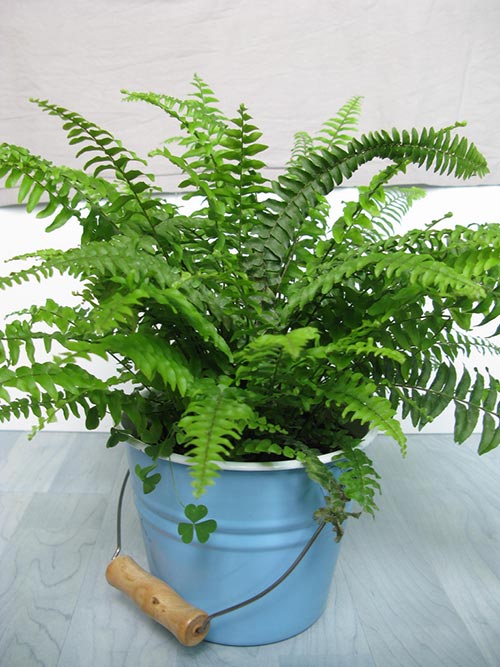
5. Tillandsia
Often called an “air plant,” tillandsia is an ideal plant for environments with high humidity levels. these plants can live off of the moisture and nutrients from the air by absorbing them through their leaves. These plants can thrive without root systems and without a lot of direct sunlight, which makes it easy for them to live indoors.
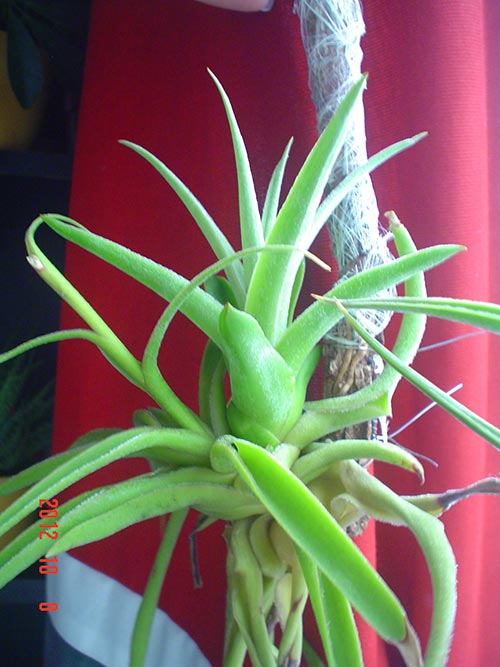
6. Baby Rubber Plant
It is an evergreen perennial growing to 25 cm (10 in) tall and broad, with cupped leathery leaves and narrow spikes of white flowers. These houseplants clean the air by emitting high oxygen content, and purifies indoor air by removing chemicals, such as formaldahyde or other toxins.
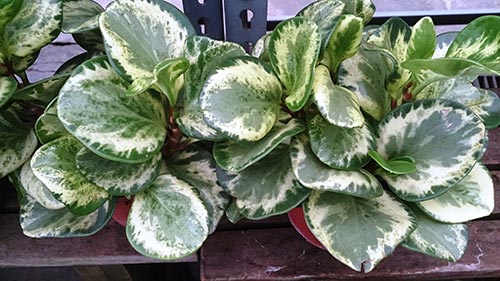
 Home and Gardening Ideas At home and Gardening ideas we believe inspiring readers about homesteading, self sufficiency
Home and Gardening Ideas At home and Gardening ideas we believe inspiring readers about homesteading, self sufficiency






One comment
Pingback: 6 Indoor Plants That Will Absorb Humidity in Your Home